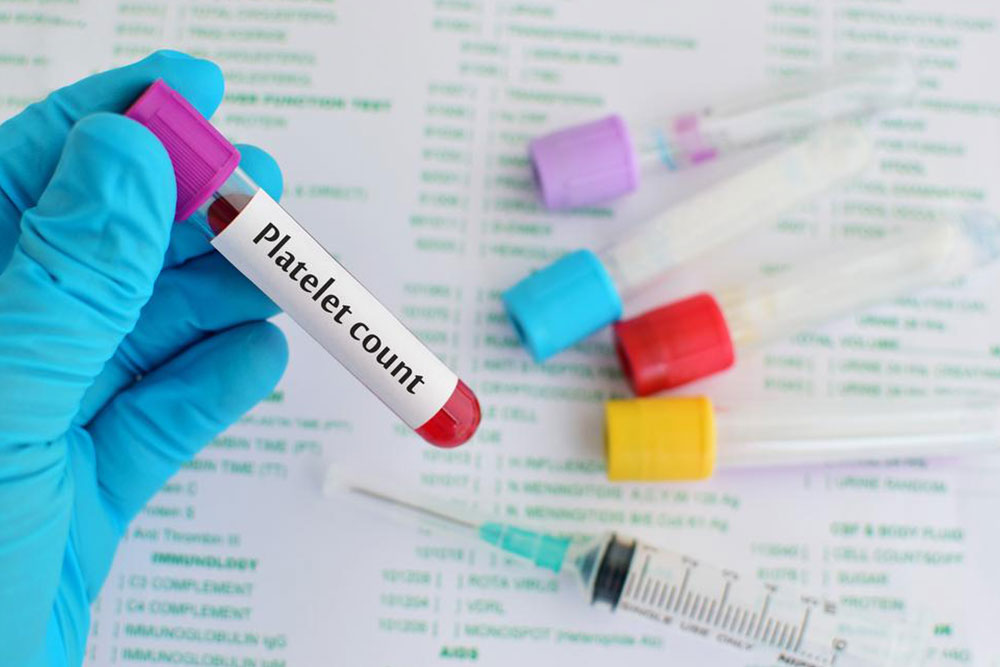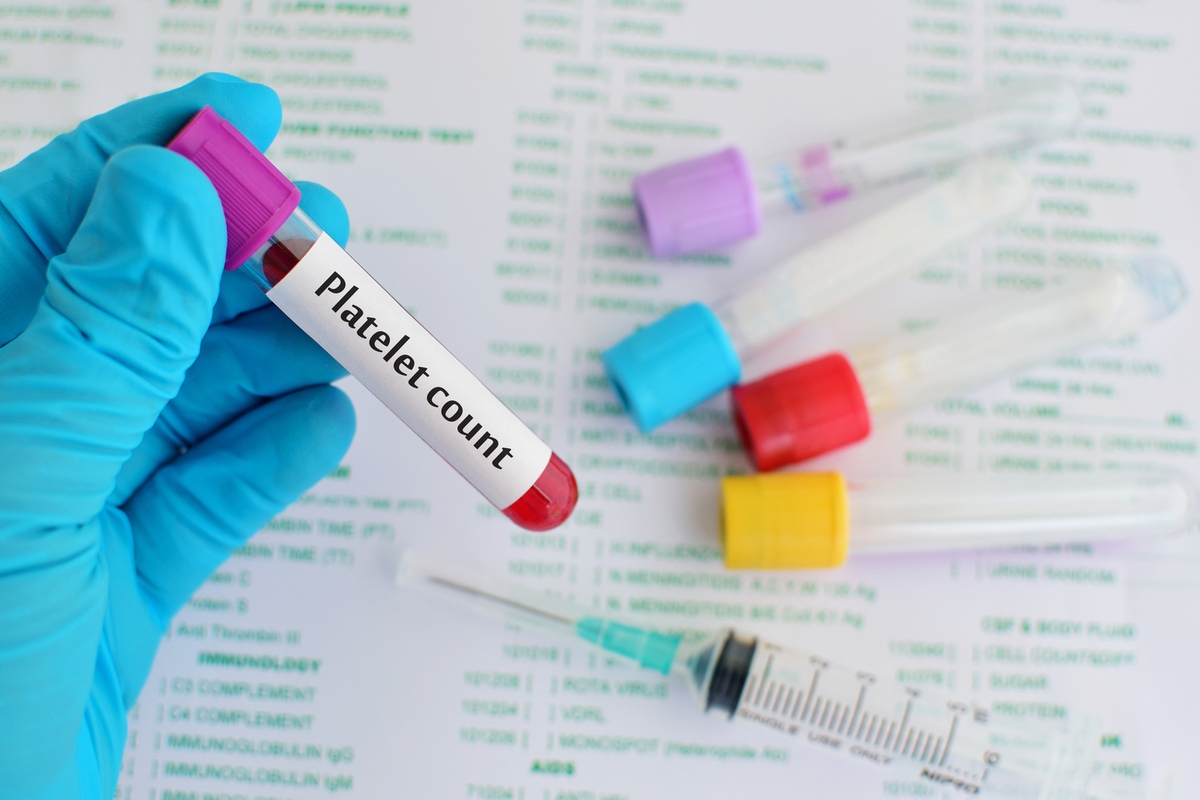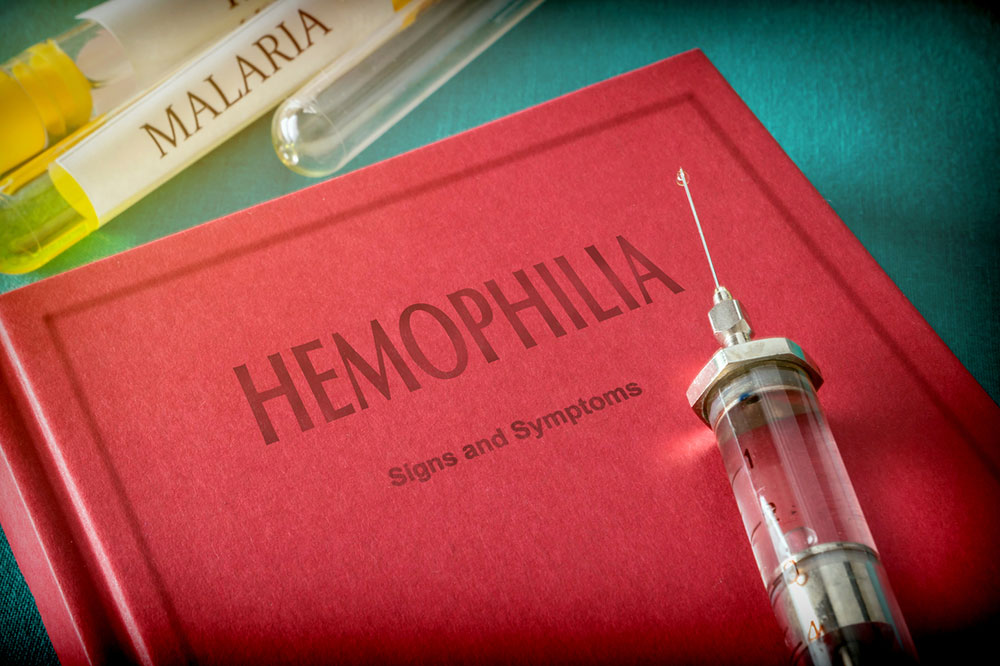Understanding Thrombocytopenia: Causes, Indicators, and Comprehensive Insights
Thrombocytopenia is a condition characterized by low platelet counts, impacting blood clotting. Its causes include bone marrow issues, infections, immune responses, and medication effects. Recognizing symptoms like easy bruising and bleeding, along with timely diagnosis, is vital. Treatment options range from medications to platelet transfusions, depending on severity. This comprehensive guide covers causes, symptoms, diagnosis, and management strategies for thrombocytopenia, helping patients and clinicians understand and address this potentially serious condition effectively.

Thrombocytopenia, a condition characterized by abnormally low levels of platelets in the bloodstream, is a significant health concern that can impact the body's ability to effectively form blood clots. Platelets, also known as thrombocytes, are vital components in the blood responsible for stopping bleeding and promoting wound healing. When platelet counts fall below normal ranges, symptoms such as easy bruising, prolonged bleeding from cuts, bleeding gums, and petechiae (small red or purple spots on the skin) may manifest. Recognizing the underlying causes and indicators of thrombocytopenia is crucial for timely diagnosis and treatment, thereby preventing serious complications.
What is Thrombocytopenia?
Thrombocytopenia is a hematological disorder where the blood contains fewer than the normal number of platelets, typically fewer than 150,000 per microliter of blood. This reduction can range from mild to severe, with the most critical cases risking life-threatening hemorrhages. Since platelets play an essential role in coagulation, their scarcity can compromise blood clot formation, leading to uncontrolled bleeding episodes even from minor injuries or internal bleeding. Therefore, understanding the factors that contribute to low platelet counts and recognizing early symptoms are vital for effective management.
Causes and Factors Leading to Thrombocytopenia
The etiology of thrombocytopenia is diverse, encompassing a wide array of medical conditions, lifestyle factors, and external influences. Here, we explore the primary causes that lead to decreased platelet levels:
Bone Marrow Dysfunction and Failure
The bone marrow is the primary site of platelet production. Any impairment or failure of the marrow can prevent adequate platelet synthesis. Conditions such as leukemia, aplastic anemia, myelodysplastic syndromes, and certain cancers can damage or suppress bone marrow activity. Treatment modalities like chemotherapy and radiation therapy, used against cancer, often suppress marrow function, leading to transient or persistent thrombocytopenia.
Blood Disorders: Leukemia and Anemia
Leukemia, a malignant proliferation of white blood cells, directly affects the bone marrow's ability to produce healthy blood components, including platelets. Similarly, anemia caused by nutritional deficiencies or chronic diseases can influence platelet production. Both conditions often present with decreased platelet counts alongside other hematological abnormalities.
Medical Treatments and Substances
Chemotherapy, radiation therapy, and certain medications, including antibiotics, anticonvulsants, and diuretics, can cause thrombocytopenia as side effects. Excessive alcohol consumption is also known to impair platelet production and function, exacerbating bleeding risks.
Infections and Immune Responses
Viral infections such as hepatitis C, HIV, and Epstein-Barr virus can induce immune-mediated destruction of platelets. Some bacterial infections can also trigger platelet consumption or destruction, leading to conditions like disseminated intravascular coagulation (DIC). Moreover, autoimmune disorders like immune thrombocytopenic purpura (ITP) cause the immune system to mistakenly target and destroy platelets.
Pregnancy-Related Changes
Pregnant women may experience mild thrombocytopenia due to physiological changes in blood volume and immune adaptations. Occasionally, pregnancy-specific conditions like preeclampsia or gestational thrombocytopenia can cause significant drops in platelet count, necessitating close medical monitoring.
Splenomegaly and Platelet Trapping
Enlargement of the spleen (splenomegaly) can result in abnormal pooling and sequestration of platelets within the spleen, reducing their circulation in the bloodstream. This condition is often associated with liver disease, hematologic disorders, or malignancies.
Symptoms and Signs of Thrombocytopenia
Early detection of thrombocytopenia is essential to prevent severe bleeding episodes. Common clinical manifestations include:
Excessive bruising even with minor trauma
Prolonged bleeding from cuts or injuries
Frequent nasal or gum bleeding
Petichiae and ecchymoses (small or large skin hemorrhages)
Heavy or abnormal menstrual bleeding in women
Internal bleeding, which can cause abdominal pain, vomiting blood, or blood in stool in severe cases
Persistent bleeding, unexplained bruises, or the appearance of petechiae should prompt immediate medical consultation for diagnosis and treatment.
Diagnostic Methods and Indicators
Accurate diagnosis of thrombocytopenia involves a combination of clinical evaluation and laboratory investigations. Blood tests such as a complete blood count (CBC) are fundamental in determining platelet levels. Additional tests include:
Bone marrow biopsy to assess marrow function and cellularity
Peripheral blood smear to examine platelet morphology and identify abnormal cells
Tests for infections like hepatitis B and C, HIV
Autoimmune panels to detect immune-mediated causes
Imaging studies like ultrasound to evaluate spleen size
Identifying the underlying cause is crucial in guiding appropriate treatment strategies and prognosis.
Management and Treatment Options
The management of thrombocytopenia depends on its severity and etiology. Mild cases may require only observation and lifestyle adjustments, whereas severe cases necessitate active intervention, including:
Platelet transfusions in cases of critical thrombocytopenia or active bleeding
Medications like corticosteroids to suppress immune-mediated destruction
Immunoglobulin therapy for rapid increase of platelet counts
Addressing underlying causes, such as treating infections or modifying medications
Splenectomy in cases of splenic sequestration or idiopathic thrombocytopenic purpura (ITP) unresponsive to medical therapy
Emerging treatments, including thrombopoietin receptor agonists, are also being utilized to stimulate platelet production in chronic cases.
Prevention and Lifestyle Considerations
While some causes of thrombocytopenia are unavoidable, certain measures can help manage the risk and prevent complications:
Avoiding medications known to impair platelet counts without medical advice
Practicing safety to prevent injuries and bleeding
Managing infections proactively
Regular medical check-ups for high-risk individuals, especially pregnant women or patients undergoing chemotherapy
Limiting alcohol consumption to preserve marrow function
Conclusion
Thrombocytopenia is a complex hematological condition with multifactorial causes. Awareness of the symptoms, understanding underlying risk factors, and prompt diagnostic evaluation are instrumental in preventing severe bleeding complications. Advances in medical treatments have significantly improved outcomes for affected patients, especially with targeted therapies and supportive care. If you experience unexplained bruising, bleeding, or other related symptoms, seeking immediate medical attention is essential for timely diagnosis and management.





